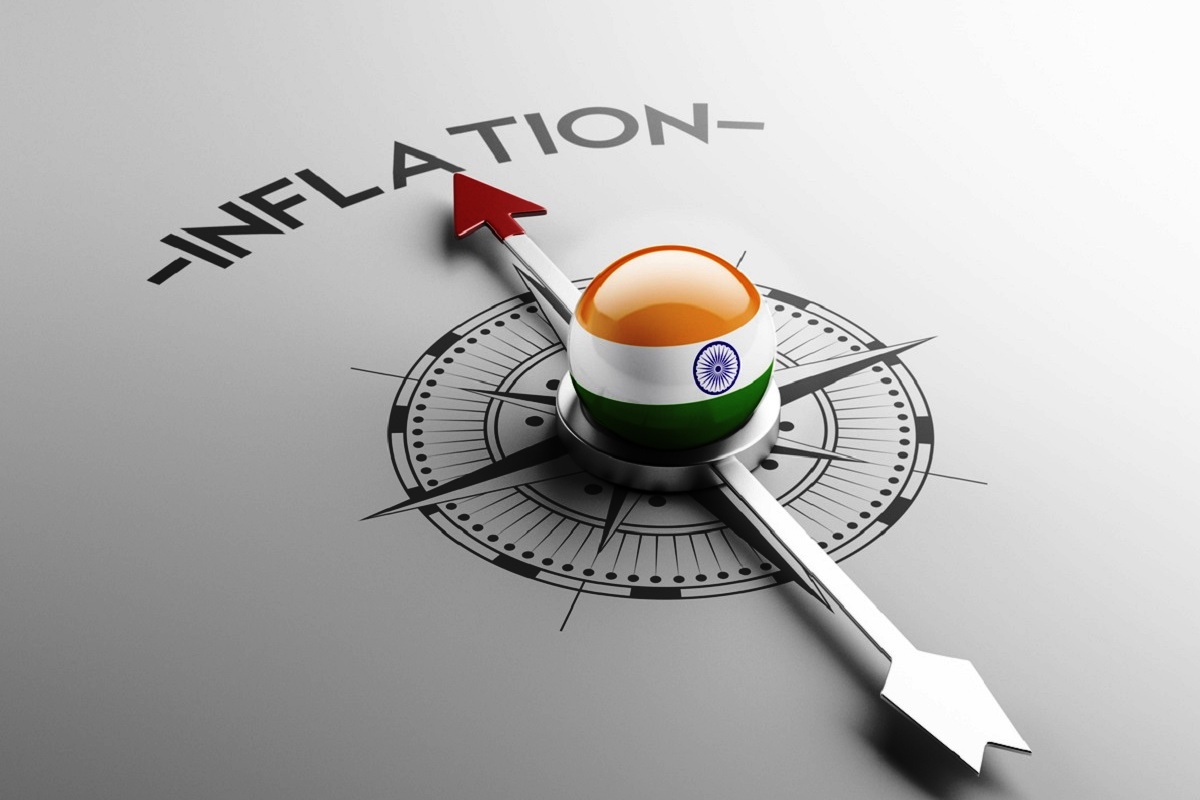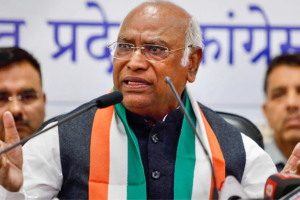The latest report on US consumer prices serves as both a source of reassurance and a harbinger of challenges. The Consumer Price Index (CPI) in December witnessed a 0.3 per cent uptick, primarily fuelled by escalating shelter and healthcare costs. As the spectre of inflation looms, the Federal Reserve finds itself at a crossroads, carefully considering the timing of any potential interest rate adjustments. The key player in this economic symphony is the cost of shelter, commanding more than half of the CPI’s increase. This underscores the persistent challenge of high rents, hampering the nation’s stride towards the coveted 2 per cent inflation target.
While the Federal Reserve has diligently raised interest rates in recent times, the tug-of-war between economic recovery and inflationary pressures remains a delicate balancing act. One cannot overlook the broader implications of inflation, especially in the realm of politics. With a 3.4 per cent year-on-year rise in the CPI, concerns arise about the impact on President Joe Biden’s popularity, as the rising cost of living continues to cast a shadow over economic achievements. Inflation, like an unwelcome guest, has the potential to overshadow positive aspects of the economy, even as the labour market shows resilience and job additions persist. Gasoline prices rebounded, and food prices experienced a modest ascent. However, the nuances within these figures reveal a tapestry of economic intricacies.
Advertisement
Egg prices surged, propelled by disruptions in egg-laying operations due to avian flu. Conversely, breakfast cereals witnessed their most significant decrease since January 2007. Such nuances paint a picture of an economy grappling with various forces, from supply chain disruptions to changing consumer preferences. Amidst these fluctuations, the Federal Reserve faces the challenge of interpreting signals from the goods and services sectors. The rise in owners’ equivalent rent, despite anecdotal evidence suggesting declining rent asking prices, highlights the intricacies in predicting future inflation trends. A notable aspect is the resilience of the labour market. Weekly jobless claims dropped unexpectedly, showcasing a tight labour market and dispelling immediate concerns of a recession. Layoffs remain low, and employers seem to be retaining workers amidst the difficulties of post-Covid-19 labour shortages. This employment stability plays a pivotal role in preventing an economic downturn.
Looking ahead, the possibility of a rate cut in March remains uncertain. Financial markets, projecting a 60 per cent chance of a rate cut, reflect the ambiguity surrounding future monetary policy decisions. The Federal Reserve, having increased the policy rate by 525 basis points since March 2022, is treading cautiously to strike the right balance between curbing inflation and sustaining economic growth. The US economy is navigating complex terrain, with inflationary pressures testing the Federal Reserve’s mettle. As we await further economic cues, one thing is certain. The delicate balancing act continues, with policymakers walking the tight-rope between inflation concerns and economic stability.











